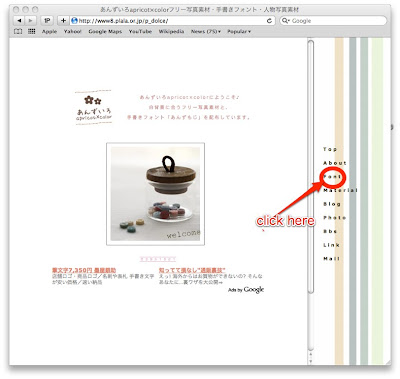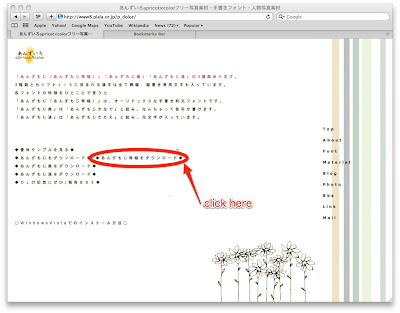My kanji learning plan
I need to concentrate on learning more kanji. I know maybe 200 -250 – that's just not enough!!
I think the key to learning Kanji is exposure and repetition, but it can become very tedious after a while. So using a variety of learning tools makes it almost always fun. As I study by myself I need to set myself certain goals. The next few months I plan on completing the text books mentioned below, and have all kanji grade 3 learned.
-
絵でわかるかんたんかんじ200
This is the 3rd book in a series, teaching kanjis grade 1 through 3. A great book, aimed at non Japanese children, that teaches kanji through pictures, exercises and quizzes.
It's hard work at first as everything is in Japanese, so you need a dictionary when working with it.
There are 33 lessons, each introducing 6 or 7 new kanji with a picture and a short sentence. A diagram shows the stroke order for each kanji. The lesson continues with an exercise quiz or puzzle and a reading section where you have to choose the correct kanji in the sentences.
I take notes, often copying whole reading sections.
Example exercises include grouping these kanjis together according to radicals
休 室 酒 葉 字 草 実 油 根 寒 海 植 泳 花 校 薬
and telling these kanjis apart.
遊ぶ 道 透る 近い 遠い 速い送る
Hopefully I'll be able to do that in the not too distant future:-)
2.
2 books with altogether 555 kanji. Each book is divided into 2 parts, the first part lists kanjis with diagrams of stroke order, plus some vocabulary and example sentences for each kanji. The second part has exercises testing how much you have learned.
I use the book as a work book,
copying the kanjis and the sentences, before going on to the exercises in the back of the book.
I find work books a great learning tool, as I think it's important to write kanjis over and over again to remember them, but it gets very tedious just to write pages and pages of kanji out of context.
I do have notebooks where I do write kanjis out of context, page after page of them, repeating the onyomi and kunyomi to myself as I write, and trying to memorize one or two words for each one.
When I am unsure of the stroke order of a kanji I turn to my kanji stroke order font. Just input the kanji using the font and it will show you the stroke order.
家
The kanji stroke order font can be downloaded here .
I've also started to copy kanjis from my kanji dictionary after reading this blog post. Thanks NihonShock
SOFTWARE
I don't really use my computer a lot for learning kanji, prefering reading and pencil and paper. But sometimes its fun to sit and test my what I've learned. As I just recently switched from PC to MAC I only have one kanji study tool on my Imac.
Ikanji
"Contains 2230 kanji, 16000 example words, flash card mode and multiple choice test modules". It's not free but well worth the money. Reviewing and drilling kanjis is a great way to keep from forgetting them.
Also this program is not as stressful as some spaced repetition programs. I've tried Anki and smart. fm and got a bit flustered. I am studying for fun and don't want to feel I have a certain number of cards due every day.
IPHONE APPS
If you own an iPhone there are so many apps available for learning kanji. I spend most of my commuting time using some kind of Japanese learning app on my iPhone. All the apps on the picture below are good for reviewing kanji.
I am going to concentrate on two of these in the near future:-
Ikanji Touch This is iKanji for the iPhone.
Kanjipop A little bit of stress is fun once in a while and this game provides it . Great game reviewed very well by zonjineko.
READING
I try to read a little Japanese every day using my various Japanese readers . I especially love the Graded Readers, as they are short and some have wonderful illustrations.








































